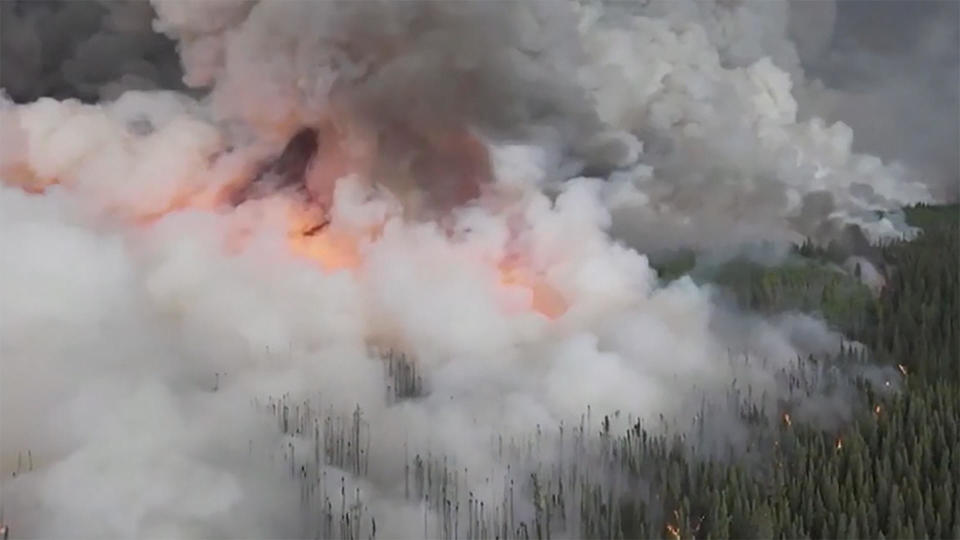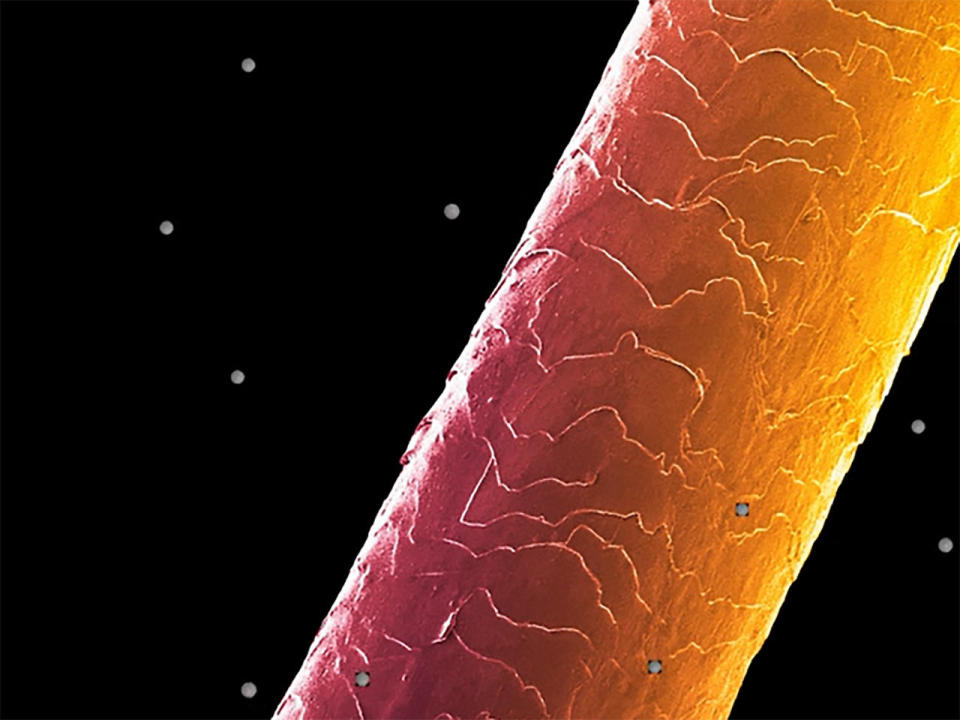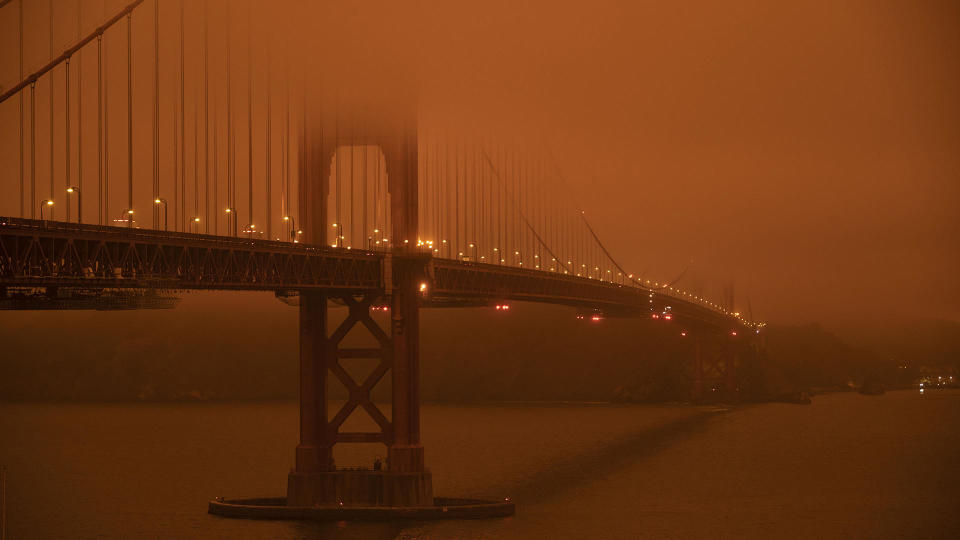Why are 2023 Canadian wildfires affecting the U.S.?
Want to know a better term for "global warming?" "Global weirding." Freak snowstorms in Texas? Wildfires in Siberia?
And this past week, another wall of weirdness wafted over the Eastern U.S.: thick, smelly smoke from the 400 wildfires burning in Canada. Right now, about 11 million acres are on fire. That's bigger than Rhode Island, Connecticut, Delaware and New Jersey combined.

Two anomalies were at play simultaneously: First, Canadian wildfires that have burned 15 times more area than average; and winds that blew the smoke south, and then stalled.
"This last week saw the worst wildfire smoke exposures across the country ever seen," said Vijay Limaye, a senior scientist and environmental epidemiologist at the Natural Resources Defense Council. "It's not just trees going up in flames. It's homes, it's cars, car batteries Wildfire smoke is actually a toxic soup of multiple air pollutants."
Even worse, we're inhaling particles that are less than one ten-thousandth of an inch. For size comparison, here's a piece of human hair.

Limaye said, "They enter deep into our lungs, and from there they enter the bloodstream. They're able to transport all sorts of deadly compounds, including carcinogens, to multiple organ systems."
New York City air becomes some of the worst in the world as Canada wildfire smoke blows inMaps, satellite images show Canadian wildfire smoke enveloping parts of U.S. with unhealthy airSmoke from Canada wildfires causes hazardous conditions along East CoastSmoke from Canadian wildfires could pose problems in Minnesota all summer long, MPCA saysAre Canadian wildfires under control? Here's what to know.
Truth is, wildfire smoke isn't that freakish any more. At one point, in 2020, San Francisco looked like this…

And the East Coast has been hit by Canada's smoke before, too, in 2002.
For now, the smoke is finally clearing out. But according to Limaye, "Canada is on track to have its worst wildfire season on record, and it's only early June. We haven't even technically begun summer yet."
So, to conclude:
Canadian wildfires: Not unusual. 🥱The smoke reaching this far South: Very rare. 😧Canadian fires this big, this early in the season? Freakish! 😨
Limaye said, "The climate science indicates that this could just be the beginning. We're going to see fires start earlier [and] last longer. We may look back at this first week of June in 2023 fondly in the future as a relatively modest event."
New York Times Interactive Map: Tracking Air Quality and Smoke From Canada Wildfires
For more info:
Vijay Limaye, climate and health scientist, Natural Resources Defense Council
Story produced by Amiel Weisfogel and Robert Marston. Editor: Emanuele Secci.
Nature: Mustangs in South Dakota

